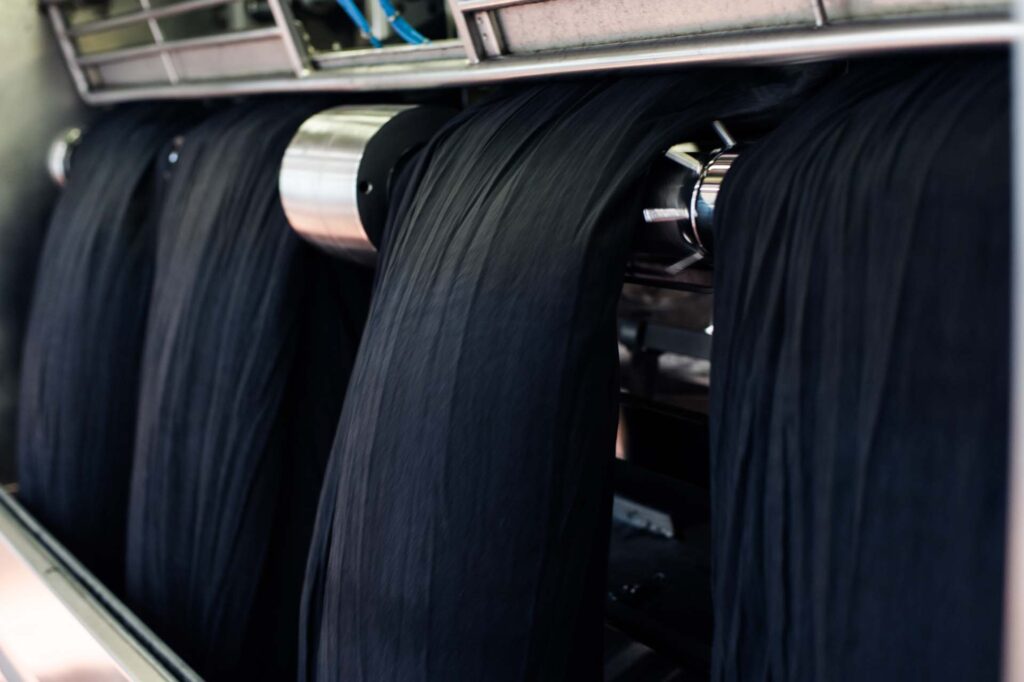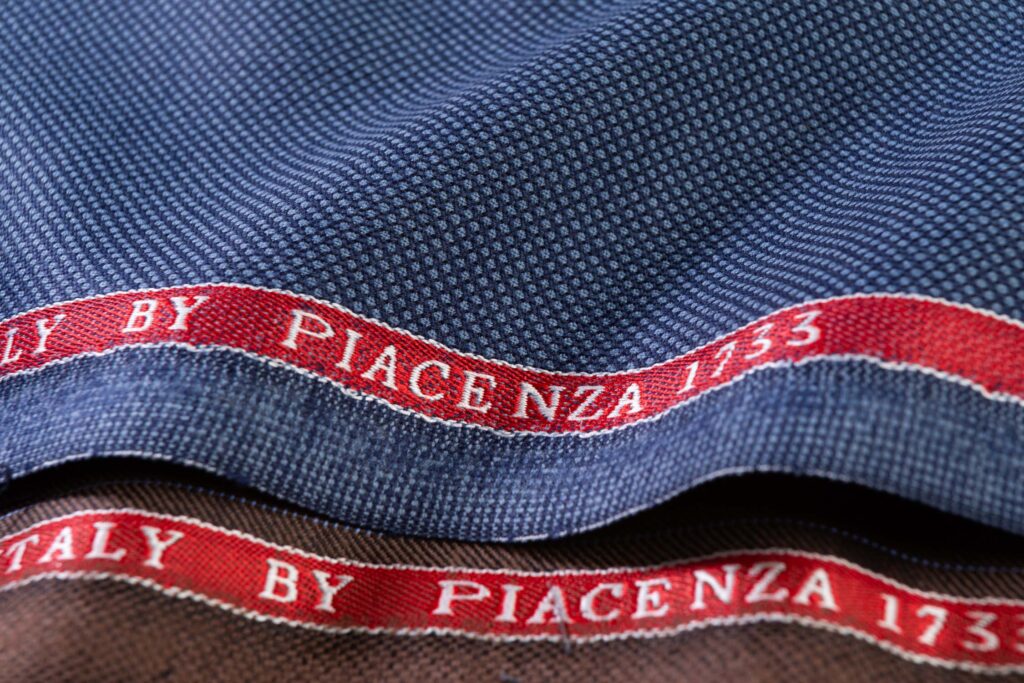“From sheep to shop” in a QR code. That summarises the traceability obtained by Piacenza 1733 – a major wool mill in the Biella textile area that also makes top quality clothing – thanks to its cooperation with IBM Research, which digitalized all manufacturing steps to transfer them into a blockchain.
They have been working on it for over two years, starting with experiments within the “Blockchain framework for textile supply chain management” launched by the Italian Ministry of Economic Development to obtain a feasibility study on digital registers to enhance Italian products of excellence, later implemented autonomously within the Boost 4.0. European project.
The Textile/Fashion Industry was the selected starting point, both because of its importance within the national economic system and for its typically shared out structure that makes traceability a challenging opportunity.

Traceability as a strategic lever

«We are very happy about the result of the project – remarks Vasiliy Piacenza, Brand Manager of the company – as we are now close to showing that the “DNA of clothing” is feasible and ready to be shared with our customers. The traceability of every step from fibre to fabric to clothing is a major asset, in that it ensures transparency and above all a sustainable supply chain. To us, as manufacturers that make every single item in Biella, the fact of certifying how, when and where each process takes place and of showing that they are all environmentally and socially sustainable is extremely important; just as it is to our customers, who can count on a verified proof of their purchase in their hand».
According to a study carried out last September by Morning Consult for IBM in Germany, Italy, Spain and the UK, 7 out of 10 Italian and Spanish consumers would be willing to buy a garment against the proof of the use of new technologies, like blockchain or IoT. Over 50% of respondents would be willing to pay up to 10% more to obtain verified information on the origin, provided the manufacturing process is environmentally safe.
To those who buy clothing made by Piacenza 1733 the results of the project may lead to a QR code on the label, on which one can follow the manufacturing steps. To clothing manufacturers who purchase fine fabrics made of the most valuable fibres, ranging from cashmere to alpaca to vicuña, to the finest wool, these results are the response to an increasingly urgent need for traceability and transparency to let everyone appreciate the Made in Italy even more on the international market.
True and correct instead of falsifiable papers
«The basic feature of the blockchain – explains Fabiana Fournier, IBM Haifa Research Lab, who assisted the wool mill in this project – is that information, once input, cannot be changed. The mechanism ensures that the papers traced along the process are true, correct and not falsifiable. In this case, we applied IBM Blockchain Transparent Supply to manage and analyse big data, as it allows different access and viewing levels of data in the system. Working with Piacenza 1733 was a pleasure, because the company as a whole was willing to introduce this technology being aware of the benefits they would gain from it».
These benefits range from an easier visit of documents needed to export goods. In fact, the customs office, instead of asking for a physical review of certificates and tax documents, can easily see them directly through the blockchain, thereby accelerating the file process.
In this regard «the participation in the BOOST 4.0 project, started in 2018 to support and stimulate businesses to enhance big data by means of digital technologies, was extremely important» adds Fournier. As a matter of fact, both IBM and Piacenza are part of the project. More than 50 companies, research laboratories and technology partners are part of the European project in many different fields; however, only the pilot one that involved IBM and the Biella based brand concerned the blockchain.
Differential access and protection of sensitive data
 «As we explained – adds Alessandro Canepa, Research Manager with Piacenza 1733 – a lot of different information are input in the blockchain; hence, a differential access is planned for different users. The customs office shall be able to access all necessary documents; on the other hand, those who buy clothing need more specific information and they have to be allowed to trace every process, in order to establish how, where and when fibres, yarns, fabrics and the assembly process took place, yet protecting the access to sensitive data. To the end customer who buys a garment in a shop, the idea is to go for a QR code; on the other hand, fabric buyers wishing to make use of these data will have to go for the blockchain as well, in order to be able to input the final stages of the assembly process. It is their choice, and we are rather optimist on this matter, considering that they want transparency. On our hand, of course, we are available to supply them with information and support to go for this technology».
«As we explained – adds Alessandro Canepa, Research Manager with Piacenza 1733 – a lot of different information are input in the blockchain; hence, a differential access is planned for different users. The customs office shall be able to access all necessary documents; on the other hand, those who buy clothing need more specific information and they have to be allowed to trace every process, in order to establish how, where and when fibres, yarns, fabrics and the assembly process took place, yet protecting the access to sensitive data. To the end customer who buys a garment in a shop, the idea is to go for a QR code; on the other hand, fabric buyers wishing to make use of these data will have to go for the blockchain as well, in order to be able to input the final stages of the assembly process. It is their choice, and we are rather optimist on this matter, considering that they want transparency. On our hand, of course, we are available to supply them with information and support to go for this technology».

In fact, adds Fabiana Fournier, IBM, «the Textile-Clothing Industry is where a great attention aroused and the blockchain was a topic. In this area, the supply chain is long and shared out; above all sustainability is a subject that end consumers are keen on and demanding. This revolutionary change means a more collaborative and coherent network approach; it will be also more and more resilient to critical periods, like the one generated by Covid-19 we are all going through. However, it makes people more conscious of the Fashion supply chain, exactly as mentioned by the UN in its Sustainable Development Goals».




